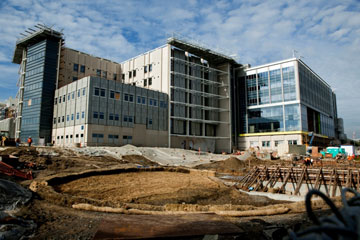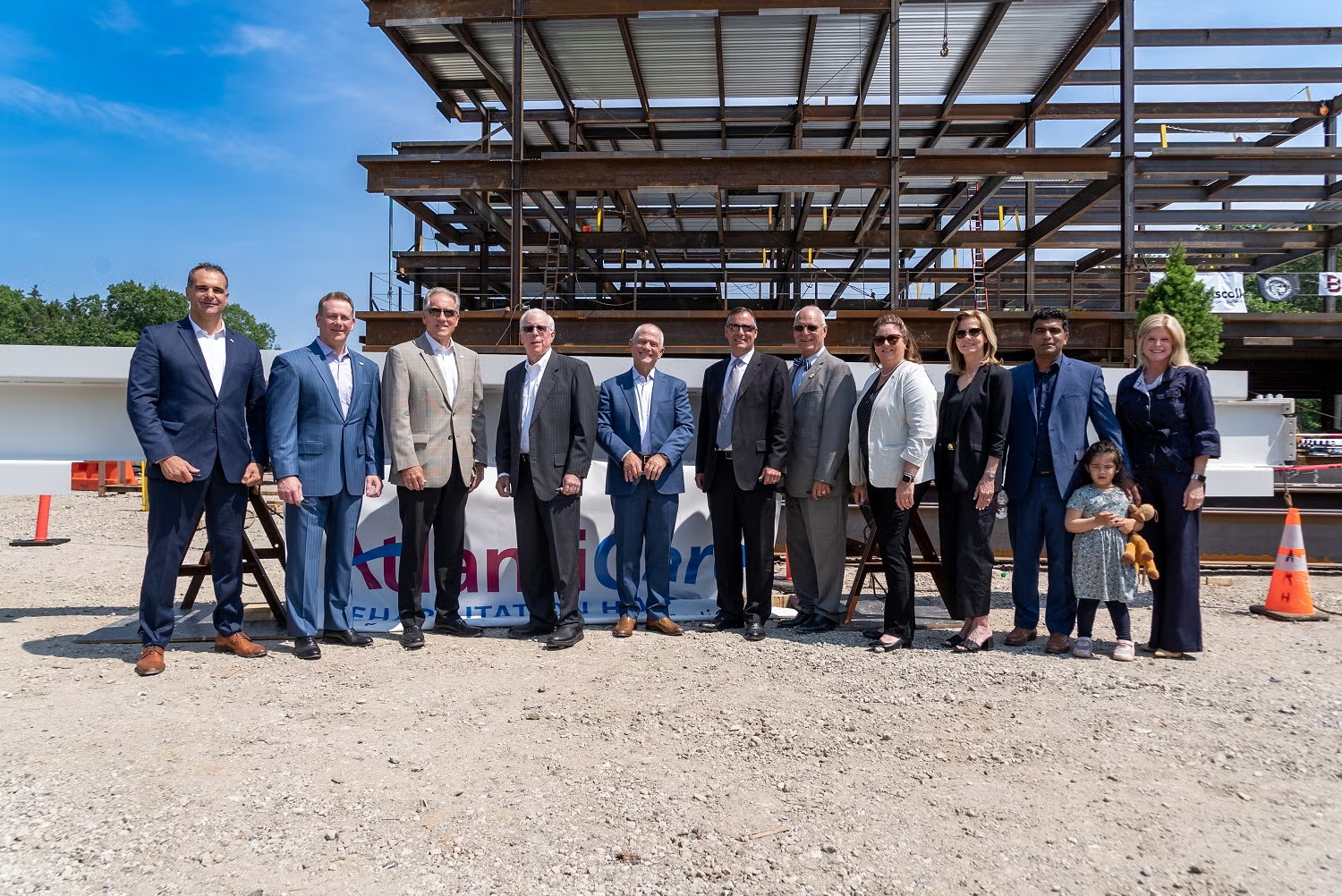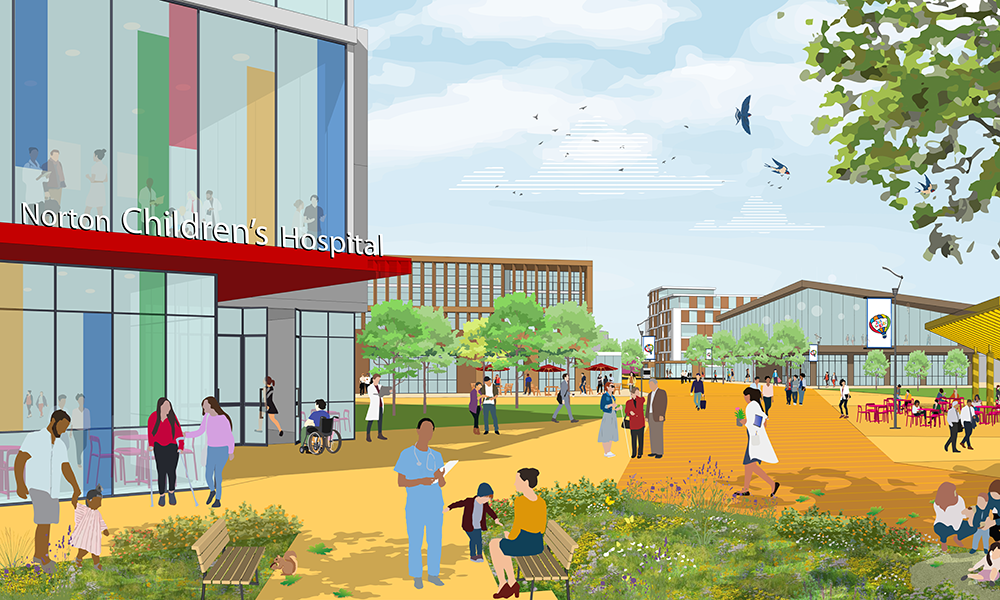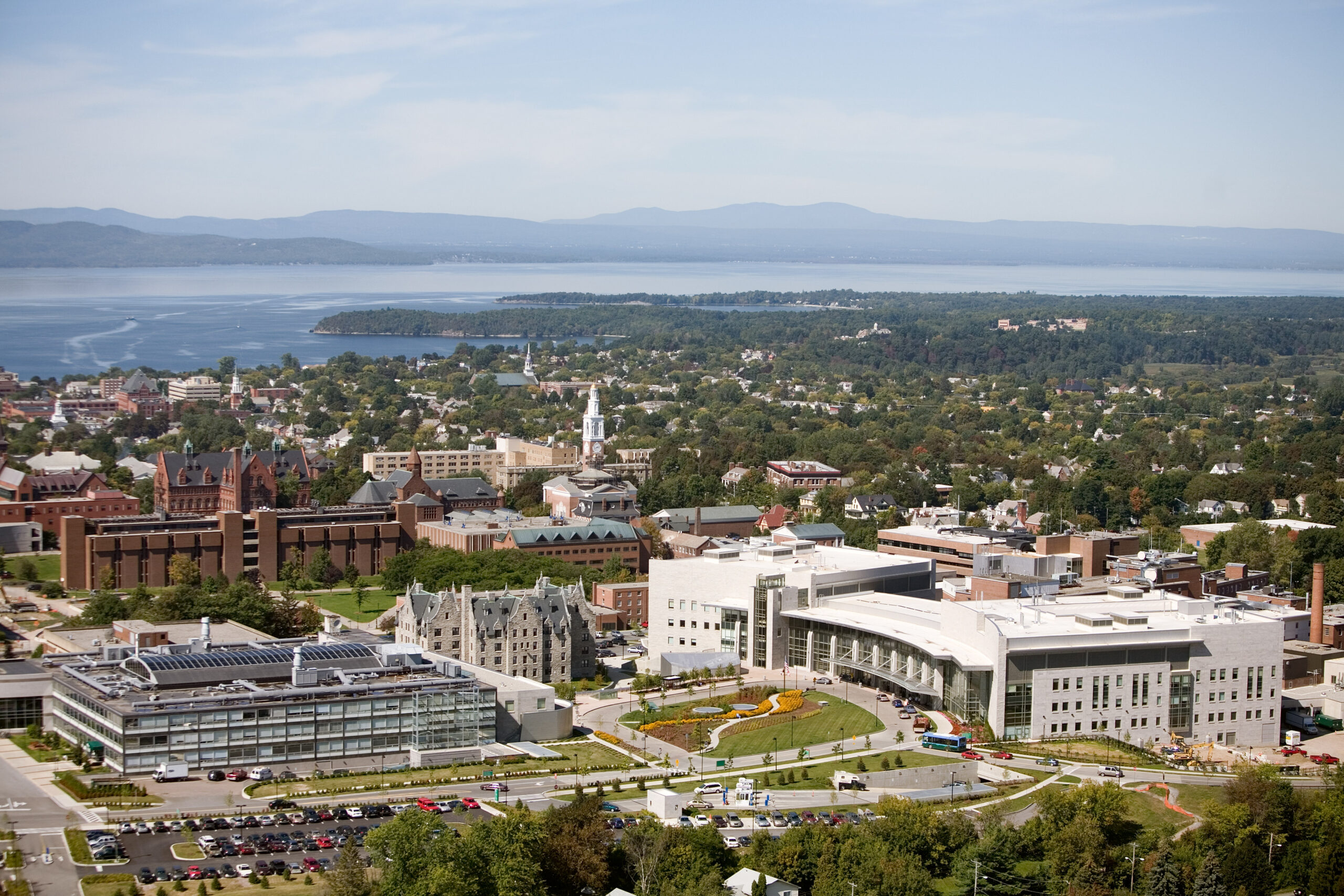
SAN MATEO, Calif. — February 2012 will mark the end of 11 years of construction and the beginning of a new era in healthcare for one of the San Francisco Bay Area’s top medical centers with the much-anticipated opening of Mills-Peninsula Medical Center in San Mateo.
The $618 million, 450, 000-square foot facility will replace the existing Peninsula Medical Center in nearby Burlingame, Calif., which has remained open and fully operational with no reduction in services during construction of the new hospital.
Bob Merwin, CEO of Mills-Peninsula Medical Center, says that the six-story, state-of-the-art hospital was inspired by nature.
“Whether it’s the large, bright private rooms with family accommodations, the seven gardens inside the building or the nature-inspired art work scattered throughout the hospital walls — nature is a part of healing, and this environment feels like it is wrapping its arms around you when you walk through it,” Merwin says. “I think the entire patient experience is going to be dramatically different.”
Merwin says that the goal in constructing the new facility was to create an experience for a patient that is not just episodically inspired, adding that this is how he plans to take Mills-Peninsula Medical Center to a higher-level of care.
“The key for us is integrating the medical community and the institution,” Merwin explained. “So we are not just treating episodically when a patient is admitted, but striving to manage their long-care needs. By implementing patient navigators who can assist patients in using the hospital’s system, the standard of care will dramatically improve.”
Merwin said that a key to keeping patients healthy and eliminating the potential for infection is by avoiding recycled air, which the hospital can do with a new ventilation system.
“Most hospitals or buildings recycle the air 6 to 8 times before evacuating it to the outside,” Merwin says. “This system will use it once and take it straight outside so private rooms will decrease the possibility of one patient infecting a patient in another room.”
Other measures to keep infection down, he said, are private elevators devoted solely for patient transport and sinks for hand-washing in every hospital room.
Larry Kollerer, senior project manager for the Mills-Peninsula replacement project, says that patient safety was key when designing the building. He added that a unique feature to the hospital is its base-isolated structural system, which has the capability to sustain a substantial earthquake.
“This building should ride through an 8.5 [magnitude] earthquake and be completely undamaged because of the building’s triple-pendulum bearings which allow the building to break loose from the ground and move on its own above a level-4 earthquake,” Kollerer says.
Kollerer says that administration, staff and doctors wanted the hospital to be a warm place that was family-friendly. When designing the exterior, several different systems, such as pre-cast concrete, champagne-colored aluminum panels and glass walls were used to give the building warmth, rather than a single monolithic exterior. There was also a lot of detail to landscaping and nature, he said.
“Going to a hospital is a traumatic experience in anyone’s life,” says Kollerer, “We tried to create an exterior and interior atmosphere that will be welcoming and family-friendly as one could possibly hope for.”
“All of our rooms are private with couches to accommodate the patient’s family and the hospital is designed with areas so family members can watch television, connect on the Internet, and also enjoy a peaceful garden without ever leaving the building,” Kollerer says.
He added that the focus on patient care doesn’t stop there.
“Imagine, if you will, being able to order room service at anytime of the day. This feature makes one question whether they are at a hospital or a hotel,” he says.
The new Atrium Mills-Peninsula restaurant, located near the main lobby entrance will allow patients and family members to order a variety of meals and snacks, most delivered in about 45 minutes. Most patients will be able to participate, with the exception of those on strict diets. Family members and guests who order off of a patient’s menu will be charged a nominal fee.
The hospital’s emergency room will focus on patient privacy and comfort while incorporating the latest technology. All private exam rooms will incorporate state-of-the-art cardiac monitors at every bed. When complete, the new ER will accommodate estimated 50,000-visits per year.
Ten high-tech operating suites will ‘talk’ to the doctors via miniaturized television cameras, capturing sharp, clear pictures at the surgical site and then sending them to displays that will offer even greater detail than high-definition television according to Kollerer. Surgeons will be able to access the latest x-rays and test results during the operation and information will be exported outside the or over several channels for patient confidentiality. Electronic records will also be used to ensure safer and more efficient health care.
Designers were also cognizant of patient and clinician safety and designed in lifts that are attached to the ceiling in every room. Each lift will have the ability to handle up to 550-pounds, and up to 1000-pounds in designated rooms, Kollerer said. The lifts are designed to move completely around the entire perimeter of the hospital room, thus a patient will have the ability to be moved and safely lowered onto a mobile commode and rolled into the bathroom.
The hospital also did its part to be eco-friendly. The most significant green aspects of the project are energy saving efficiencies and smart-building management systems, Kollerer said. A state-of-the-art ventilation system uses wrap-around heat exchangers in the air stream. As air is exhausted, energy is recovered and used to pre-heat or pre-cool the new incoming air as it is brought back through the air handlers.
Other energy-efficient measures included the installation of low-flow plumbing fixtures, and sorting construction debris for effective recycling.
“Our goal was to be environmentally-friendly and to place patient care first,” Kollerer says. “We have taken every opportunity to use the very best in technology within the building to accommodate the future.”
CEO Merwin called Mills-Peninsula is an organization that has had a very familial culture.
“The last 11 years has been a lot of hard work, but we are proud of the new hospital which promises to offer the best of the best and focus on patient care,” Merwin says. “This facility is special, and it is designed to serve the community for the next hundred years.





